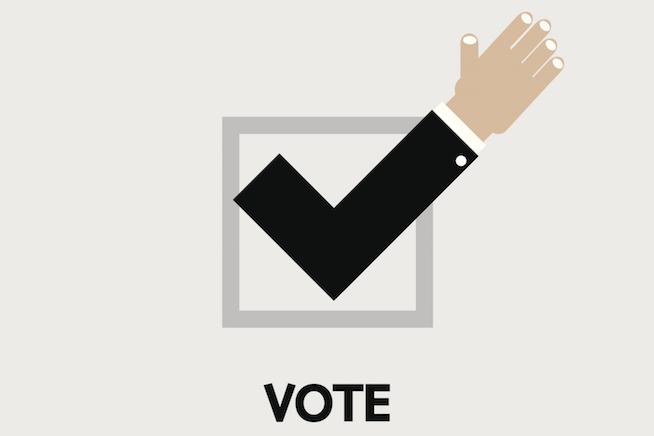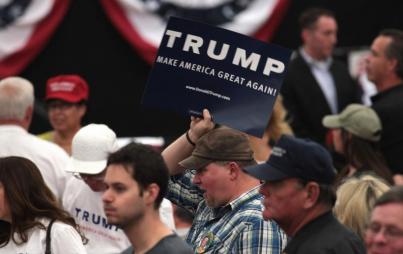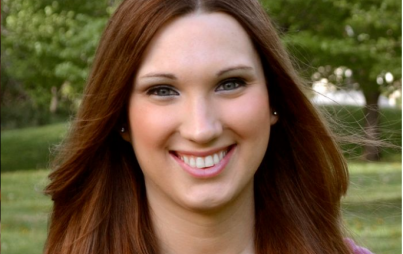
Answering the questions about the Iowa Caucuses you were scared to ask.
February 1st is the Iowa Caucuses, the first of the nominating contests for Presidential candidates! Wheeeeee!
You are probably shocked that the Iowa caucuses are just now happening, since we have been hearing about them FOREVER and most of America is starting to resent Iowa for its ubiquity in the news, much the way we resented all the coverage of JLo during her Ben Affleck period.
You're probably also secretly wondering what a caucus is, as you likely live in a state that does primary elections instead of the more complicated caucus process. You can go to Wikipedia to read an involved explanation of the county's nomination conventions, proportional delegate assignments, and the updated reporting procedure Republicans are using this year. Or you can read this very easy breakdown from USA Today.
"Republicans simply vote via secret ballot or a raised hand. The Democrats' process is a bit more involved."
Participants split into groups representing each candidate. A candidate’s group must have a certain number of people to be considered “viable" — as determined by some fairly complex math.
Democratic caucus-goers can change groups midway through the caucus, or try to convince others to join their group.
For both parties, the caucuses are time-intensive and can take up to two hours.
In all honestly, the Democrats’ process sounds vaguely awful, like a combination of political arguments on Twitter and picking teams in gym class. And the time commitment required to caucus –– on a weekday, no less –– seems like a built in barrier to full participation. Not to mention the basic unfairness of a staggered approach to the nominating process that encourages a smaller and smaller field of candidates as it goes on, leaving citizens in some states with significantly fewer choices than others. But I digress.
Anyway, now you know what Iowans will be doing today. Here's hoping they choose wisely!








